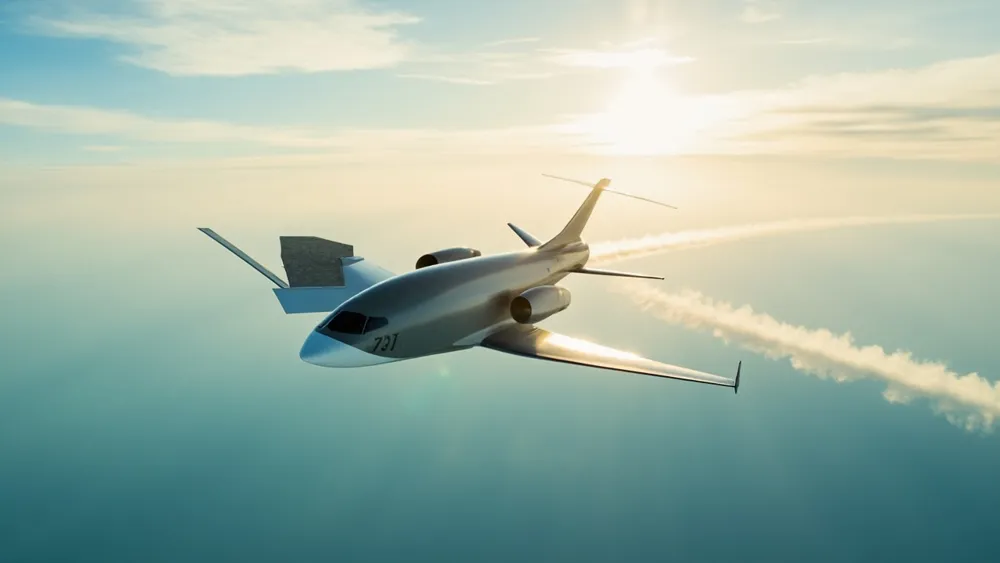U.S. Executive Order Lifts Civil Supersonic Flight Ban

The recent executive order by the U.S. President, which instructs the FAA to lift a prohibition on civil supersonic flight, marks a potentially transformative moment for the aviation industry. This pivotal decision indicates a shift in regulatory posture that could usher in a new chapter for commercial aviation. As the technological landscape has evolved, with advancements in aerospace engineering and noise-reduction technologies, the once insurmountable barriers to civil supersonic flight are beginning to crumble, generating mixed excitement and apprehension among industry stakeholders.
While the potential benefits of reduced travel time are alluring, the re-emergence of supersonic travel poses significant challenges. Historically, supersonic flights were curtailed largely due to the disruptive sonic booms that impacted urban areas. Although recent advancements may mitigate these acoustic disruptions, the practicality of balancing innovation with regulatory compliance remains a foundational issue. Furthermore, the precedents set by projects like Concorde, which ultimately struggled with fuel efficiency and economic viability, highlight crucial lessons that today's companies must heed. The path is fraught with not only technical hurdles but also consumer acceptance and market readiness.
In conclusion, the reopening of civil supersonic flight presents numerous opportunities for the aviation sector while beckoning questions about sustainability and safety. As airlines and manufacturers gear up to invest in and develop new supersonic aircraft, it is vital for the industry to address these lingering concerns to avoid repeating past mistakes. Will consumers embrace the new offerings? Can the industry develop a commercially viable model that integrates not just speed but also cost-effectiveness and sustainability? These pivotal queries will shape the trajectory of supersonic aviation in the coming years.
Read These Next

Neuralink and Grok Partner to Enable ALS Patients to 'Speak'
The partnership between Neuralink and Grok to create brain-machine interfaces for ALS patients signifies a breakthrough in medical technology, combining AI and neural processing to empower those with severe communication limitations.

Toyota Unveils World's First Hydrogen Sauna for Sustainability
Toyota's introduction of the world's first hydrogen sauna signifies a pivotal moment in eco-friendly technology. This innovation not only pushes the boundaries of traditional wellness products but also aligns with the growing consumer demand for sustainable solutions. Its unique feature of emitting only water vapor and hot air instead of CO2 underlines its potential impact on both the sauna market and the clean energy space. The product's ability to capture consumer interest amidst a backdrop of increasing vitality for eco-conscious entities like Toyota illustrates a strategic shift in brand positioning and consumer appeal.

Oriental Selection Launches 100% Cotton Sanitary Napkin Production
Oriental Selection's first self-operated sanitary napkin is in production, launching on June 16 with a 100% cotton surface.
